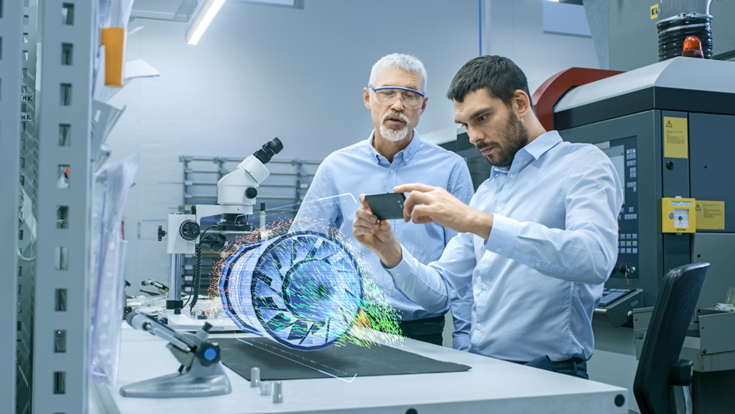In recent years, 3D holographic technology has emerged as a cutting-edge innovation, captivating audiences with its immersive and futuristic capabilities. From entertainment and education to medical imaging and business presentations, 3D Hologram Technology is revolutionizing the way we perceive and interact with visual information. Compare and choose the most appropriate immersive 3D holograms with one of the leading holographic experience providers i.e., Vision3D. However, like any technology, 3D holograms come with their own set of advantages and disadvantages, shaping their adoption and impact across various industries.


Experience immersive visuals, enhance presentations, and captivate audiences with the advantages of 3D holograms. Revolutionize communication now!
Advantages And Disadvantages Of Hologram
| Advantages of Hologram | Disadvantages of Hologram |
|---|---|
| Immersive User Experience | High Production Costs |
| Enhanced Visualization | Limited Content Availability |
| Interactive Communication | Technical Constraints |
| Limitless Applications | Energy Consumption |
Advantages of Hologram
- Immersive User Experience
One of the primary benefits of holograms lies in their ability to provide an immersive and engaging user experience. Unlike traditional two-dimensional displays, holograms create a sense of depth and realism, making the content appear lifelike and interactive. This quality is particularly beneficial in gaming, virtual reality, and simulated training environments.
- Enhanced Visualization
3D holograms excel at conveying complex information by allowing users to view objects from multiple angles. This is particularly advantageous in fields like medicine and architecture, where detailed visualization is crucial. Surgeons can examine holographic representations of organs, architects can explore 3D holographic displays of buildings, and scientists can analyze complex molecular structures with greater precision.
- Interactive Communication
3D Holographic displays enable interactive communication, fostering a more dynamic exchange of information. In business settings, for instance, presenters can use picture holograms to showcase products or ideas more engagingly. This interactive element can significantly enhance audience engagement and comprehension, leading to more effective communication.
- Limitless Applications
The versatility of 3D holographic walls is a key advantage, as they find applications in various industries. From virtual fashion shows and live performances to medical imaging and educational simulations, holographic technology offers a broad spectrum of possibilities. This adaptability contributes to its widespread appeal and potential for continued innovation.
The System Consists of three Components:
- The projector
- The spatial light modulator (SLM)
- A reflecting object (often a specially designed mirror)
The projector projects a series of beams of light onto the SLM, which modulates the light and emits it as a matrix of dots. The reflecting object then reflects this light on the recording medium, which can be a transparent film, a 3D HoloScreen, or special 3D glasses.
The projector then projects a set of lasers on the recording medium. The beams are then reflected and diffracted by the reflecting object. This diffraction then creates the illusion of floating images, which can be distorted, enlarged, and manipulated. This technology is also used in interactive devices such as the Microsoft HoloLens, which utilizes 3D image capturing and projection to create experiences such as computer-generated holograms.
As this technology continues to develop, there are more and more applications for it. From medical imaging to architectural planning and even entertainment, 3D hologram technology could revolutionize how humans interact with the world.
